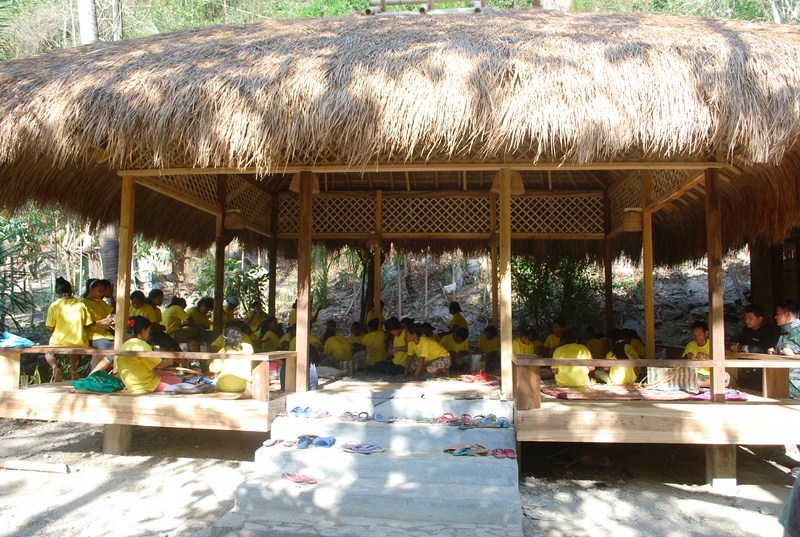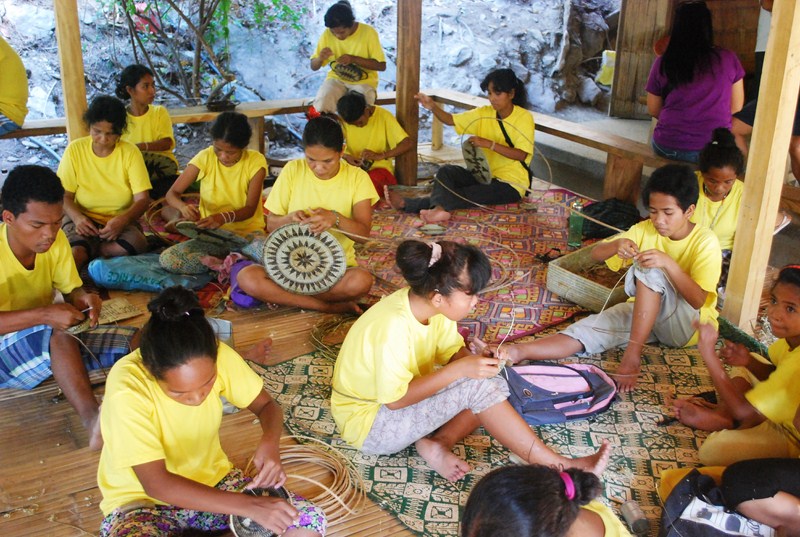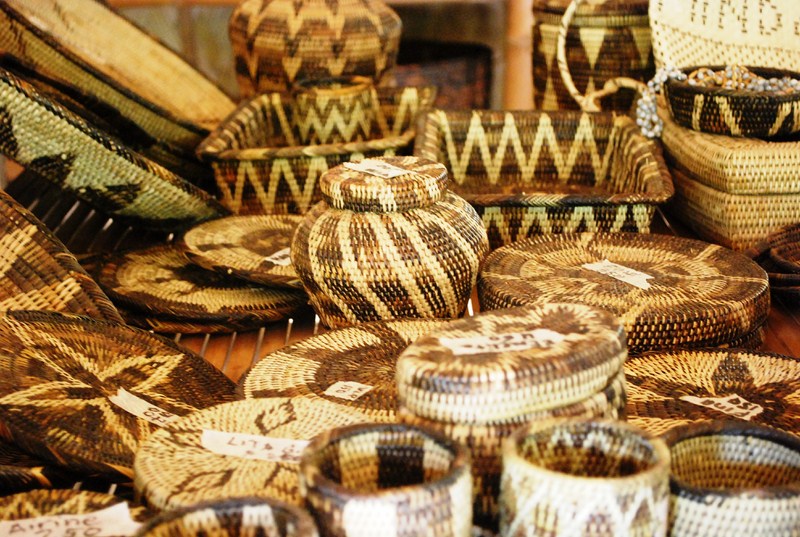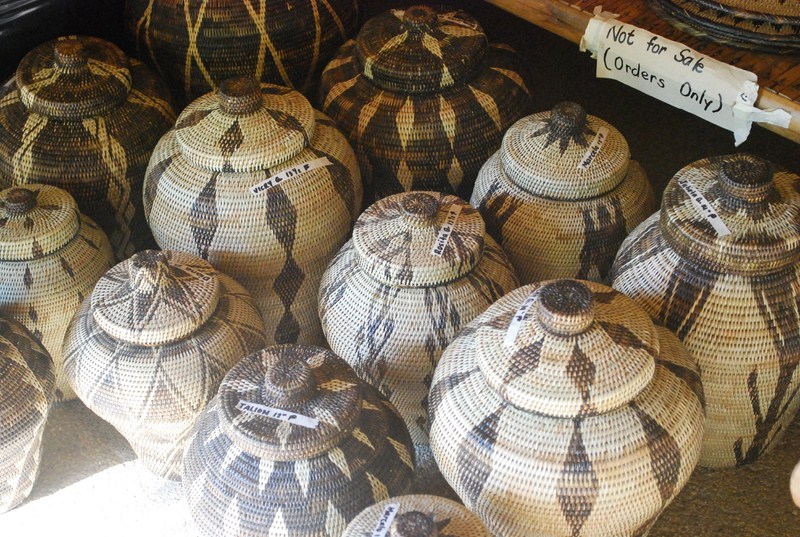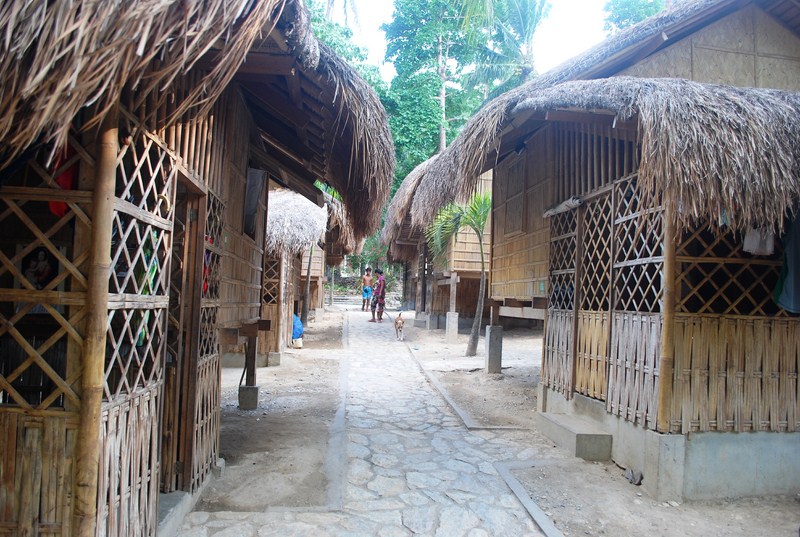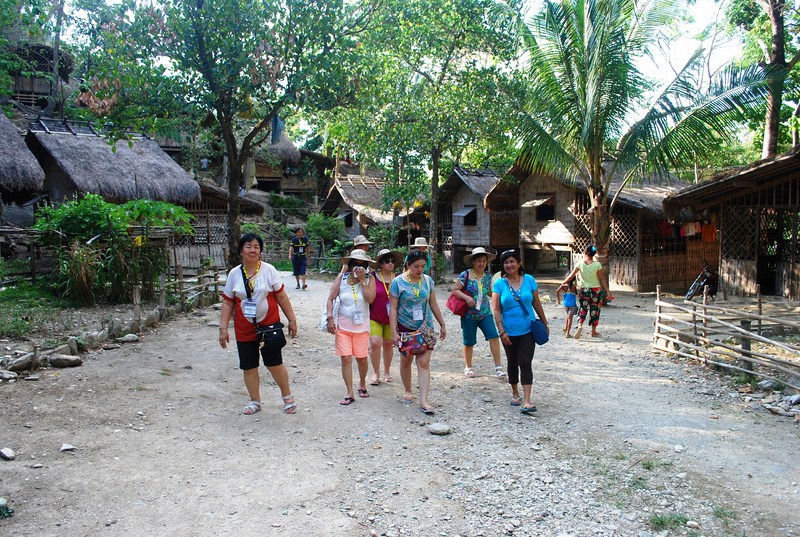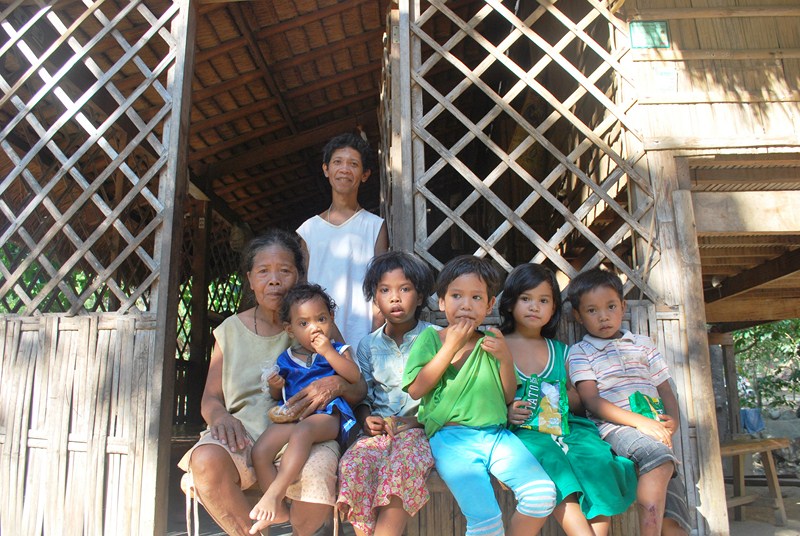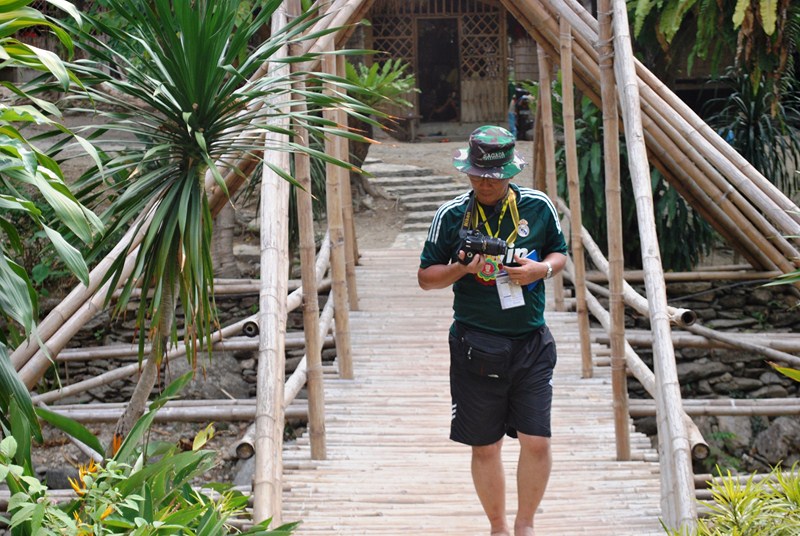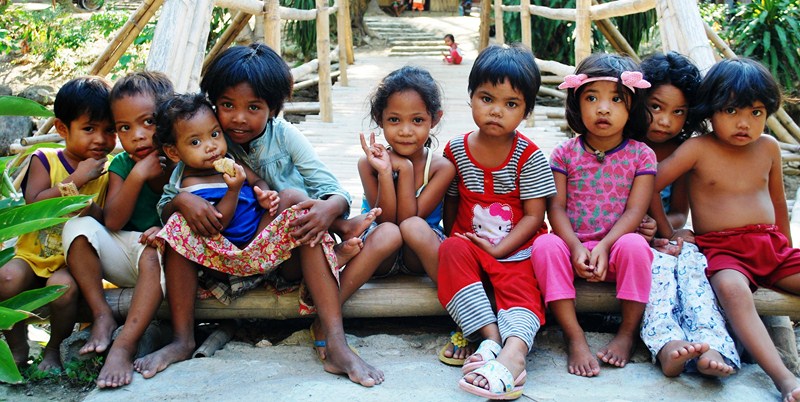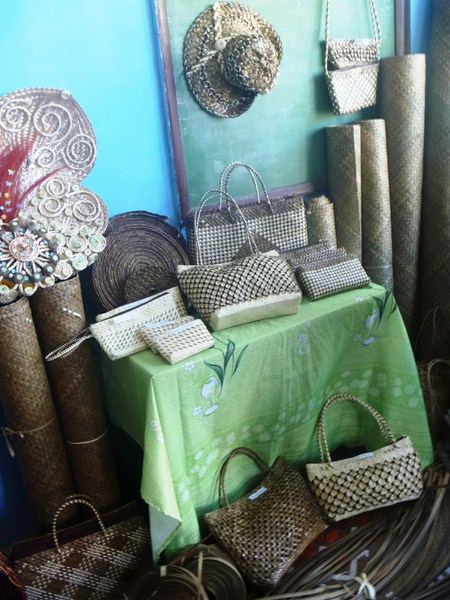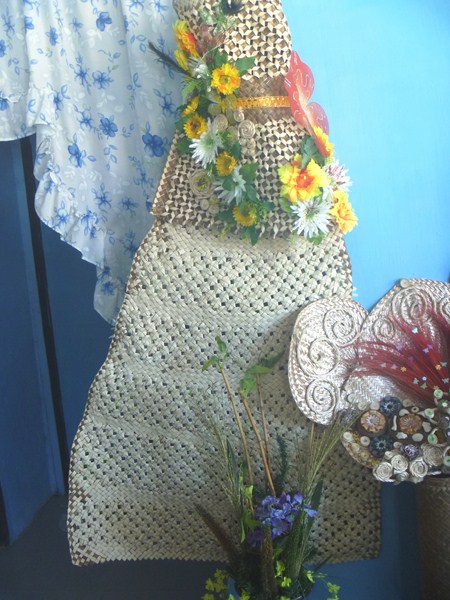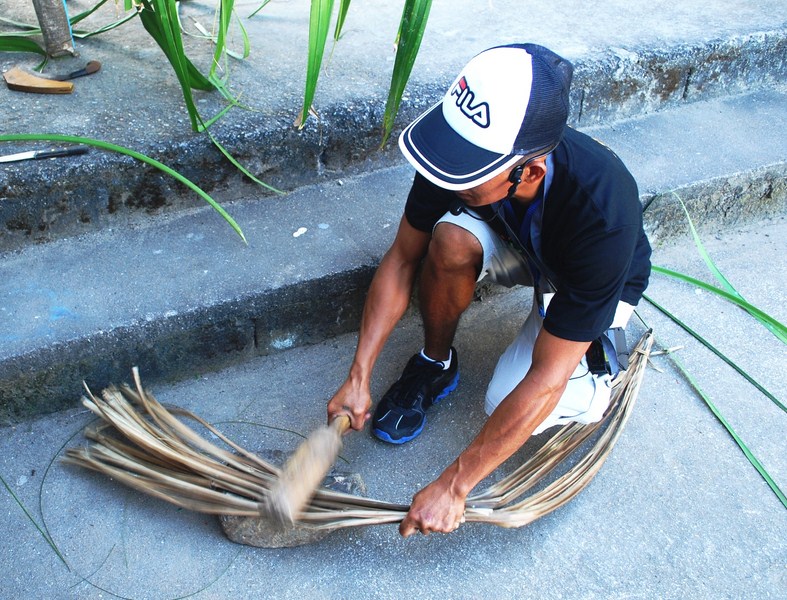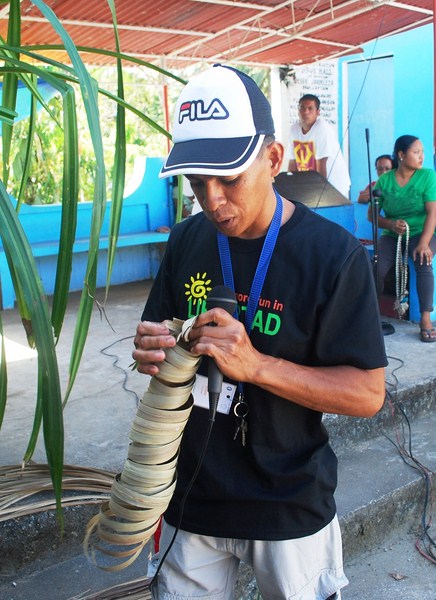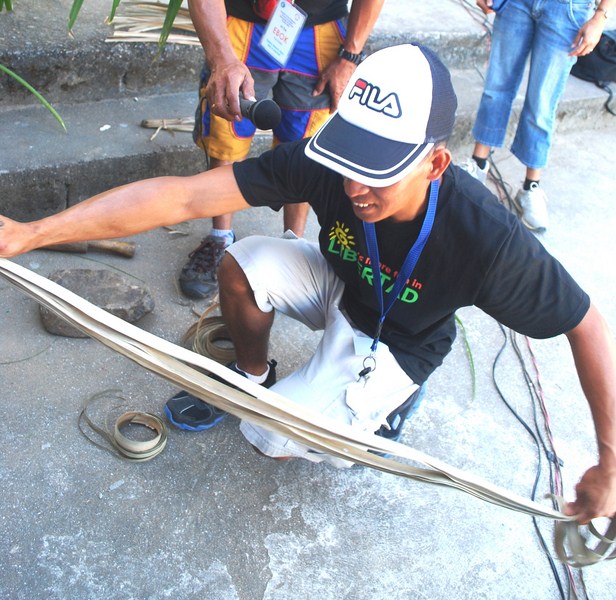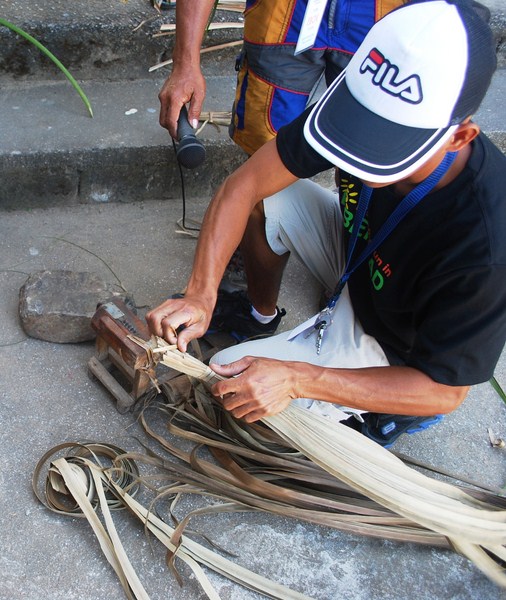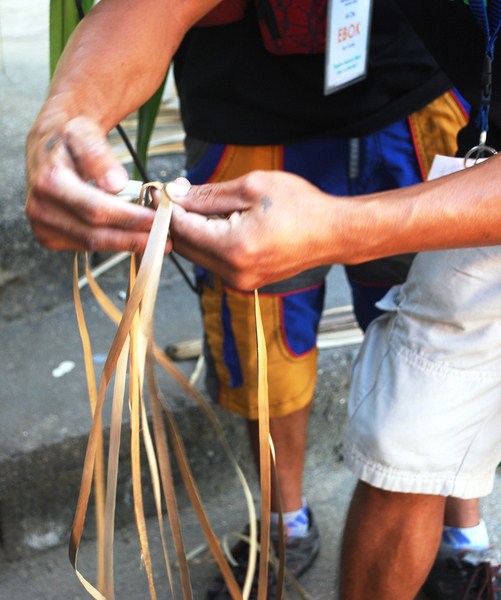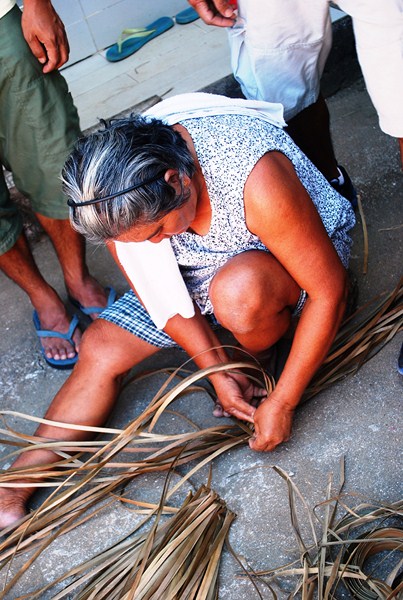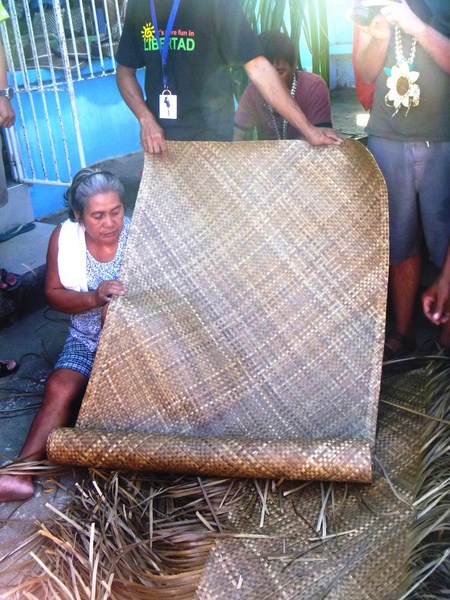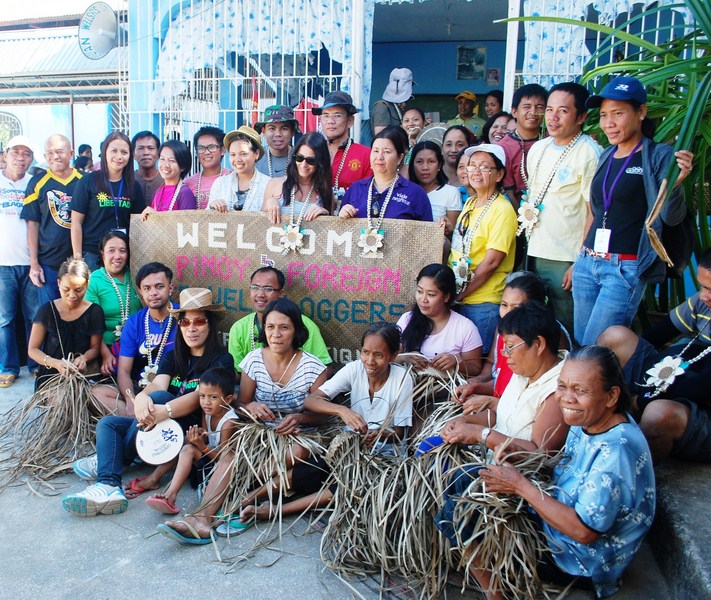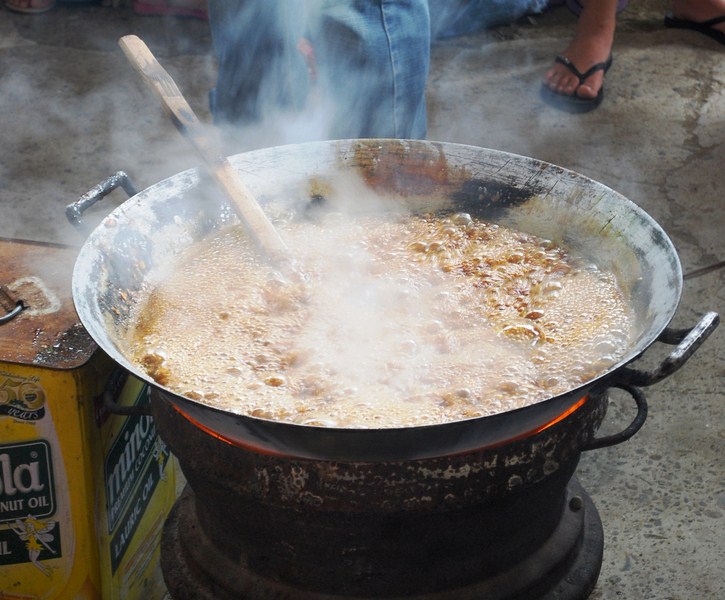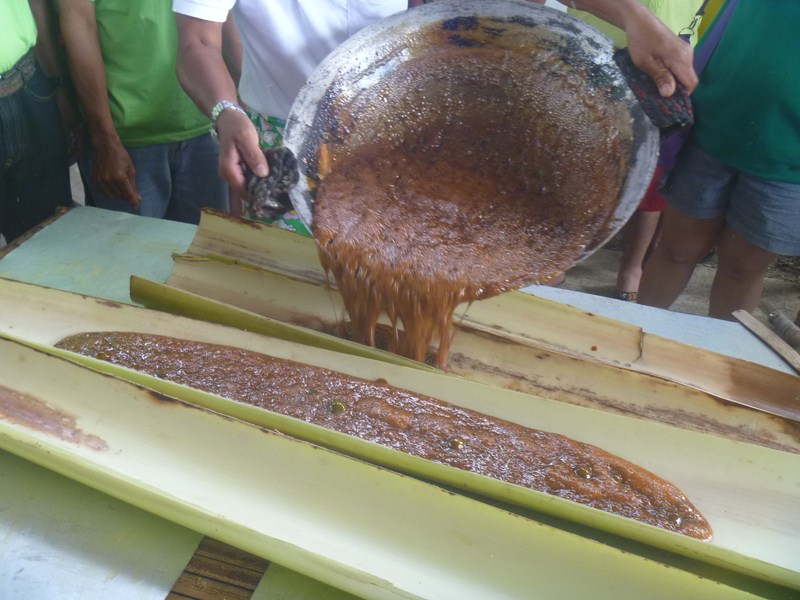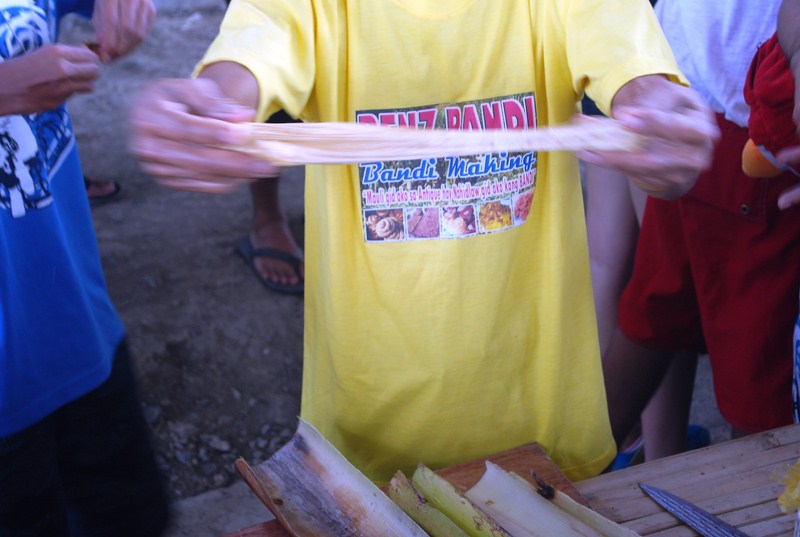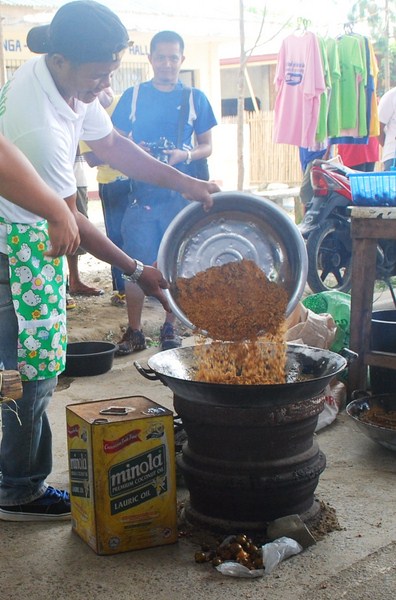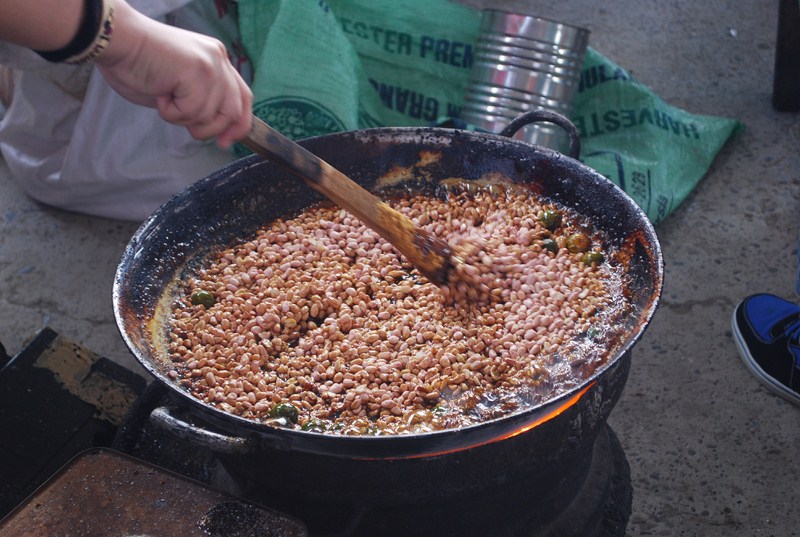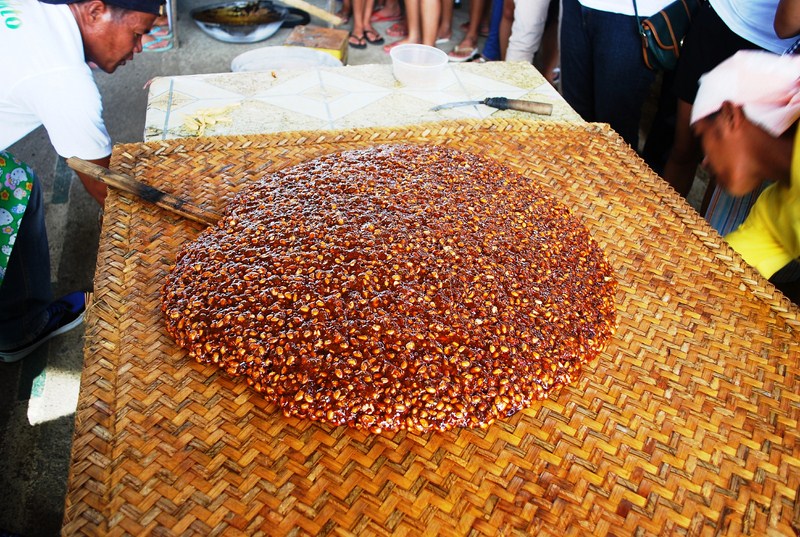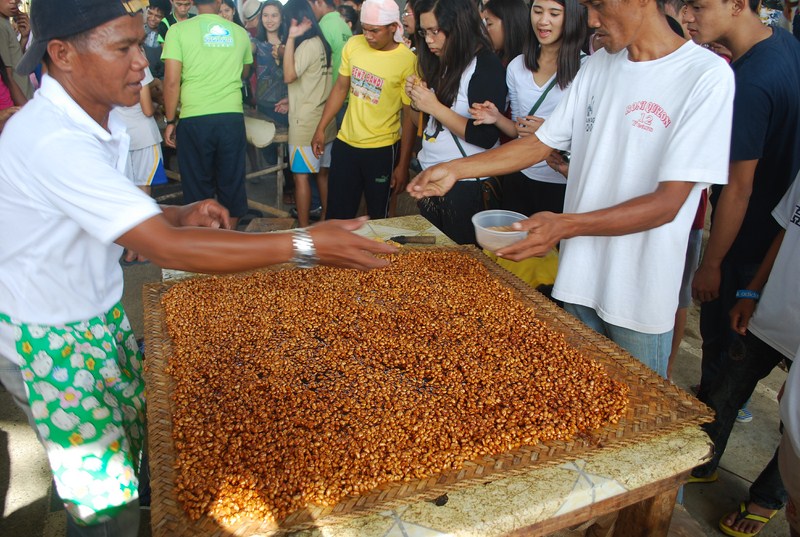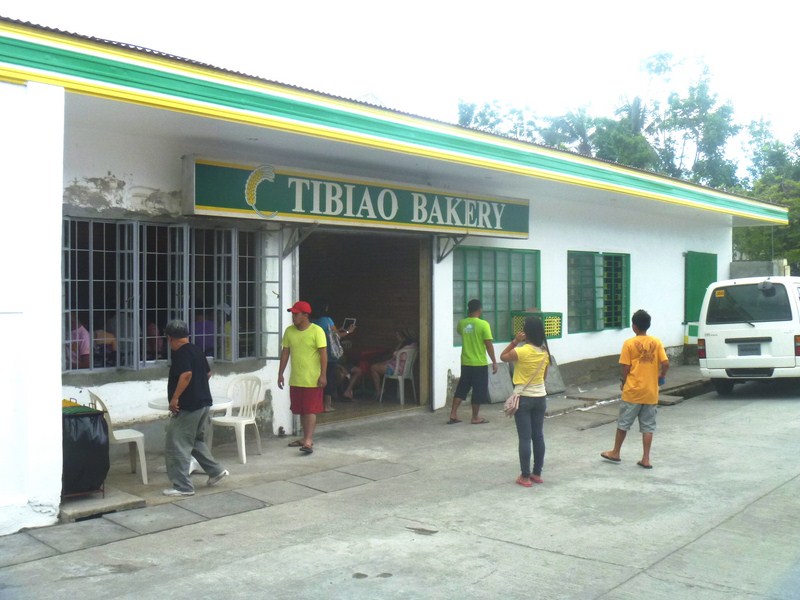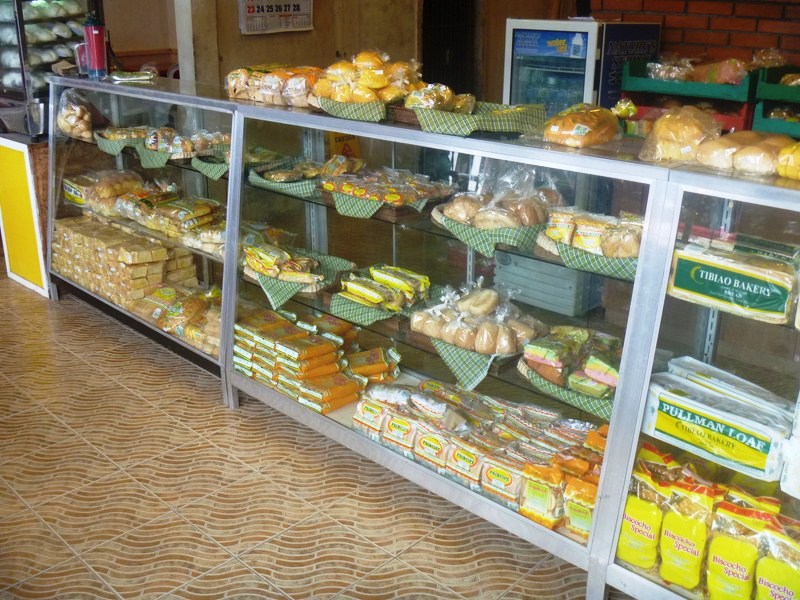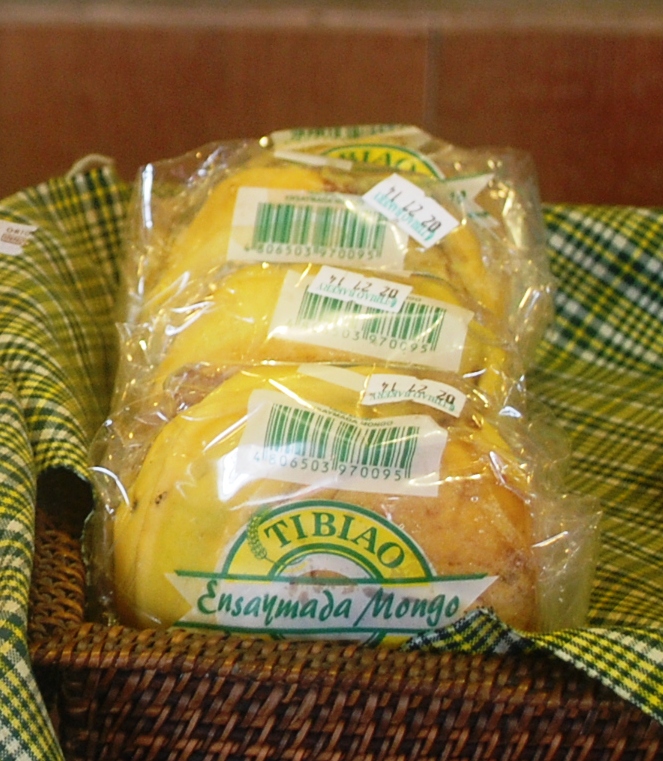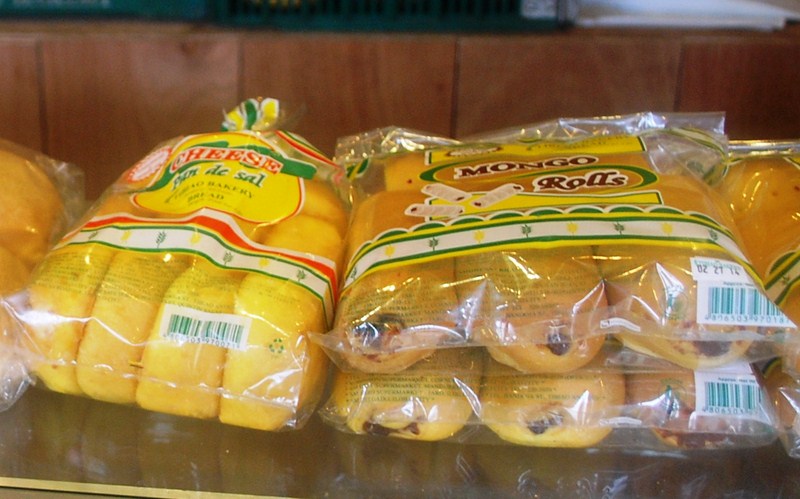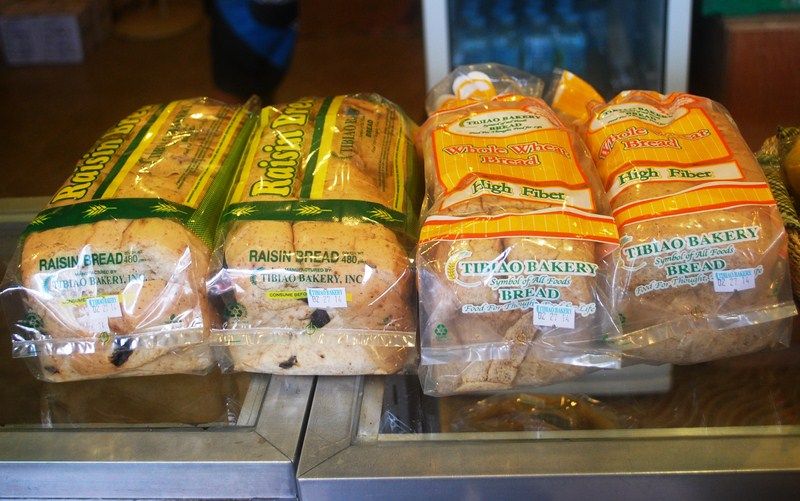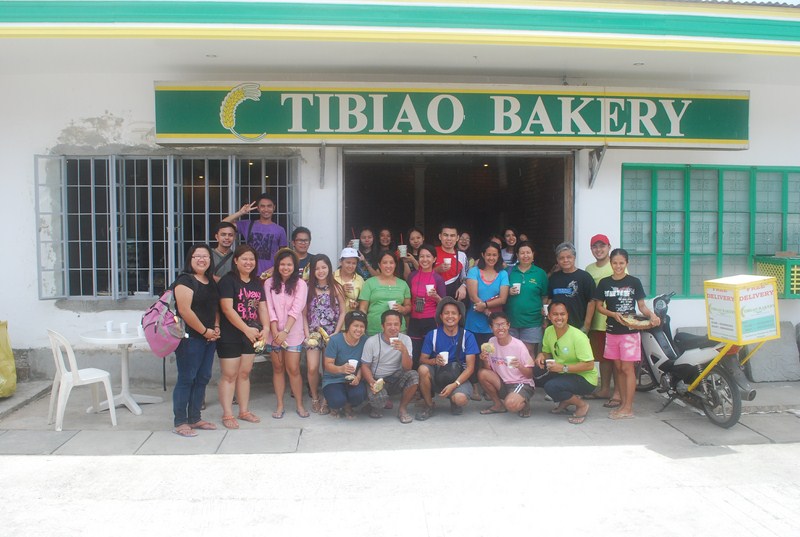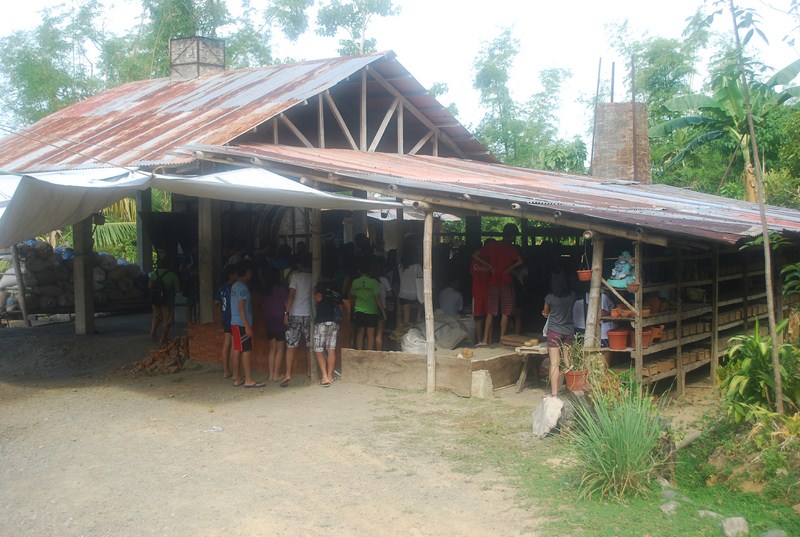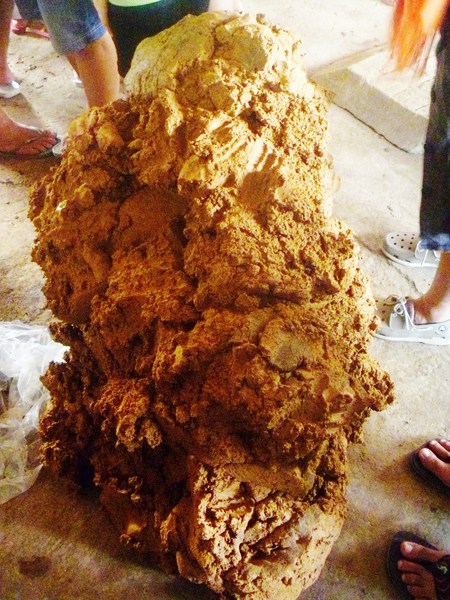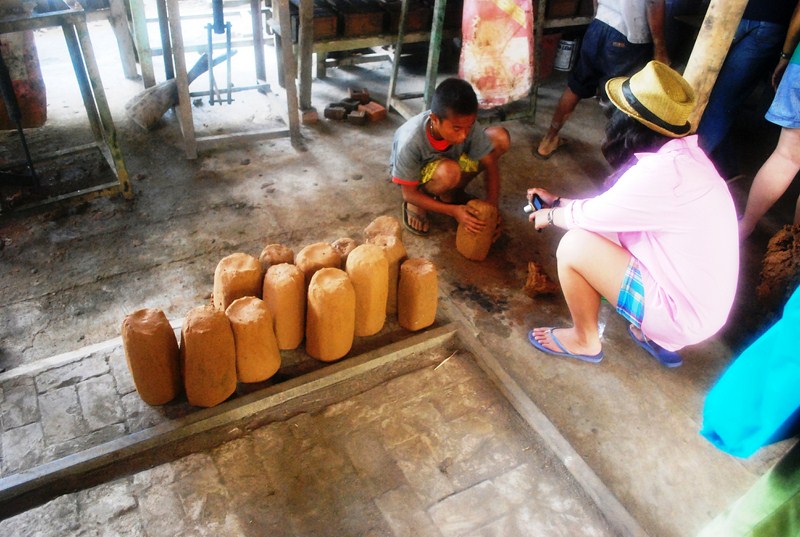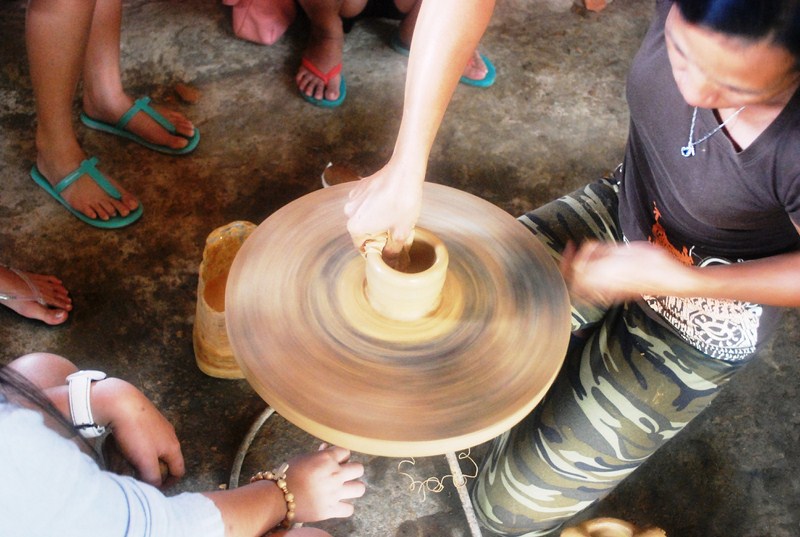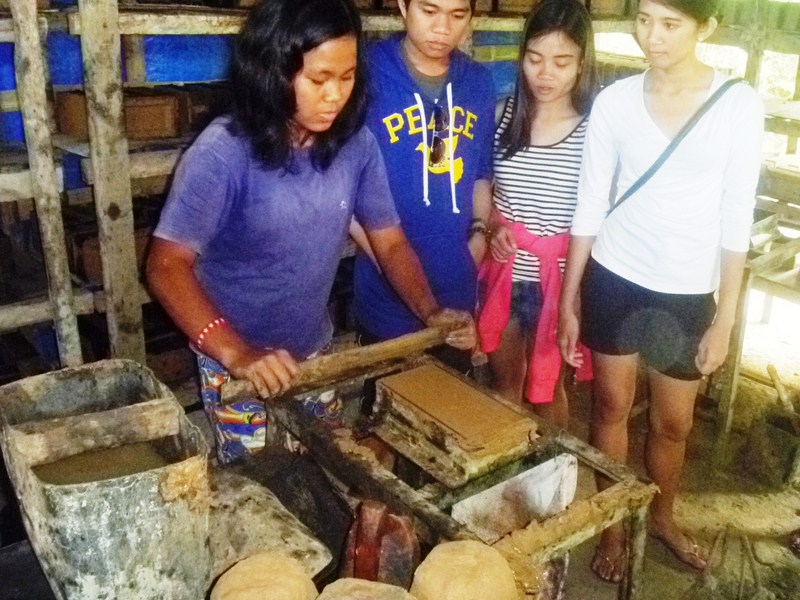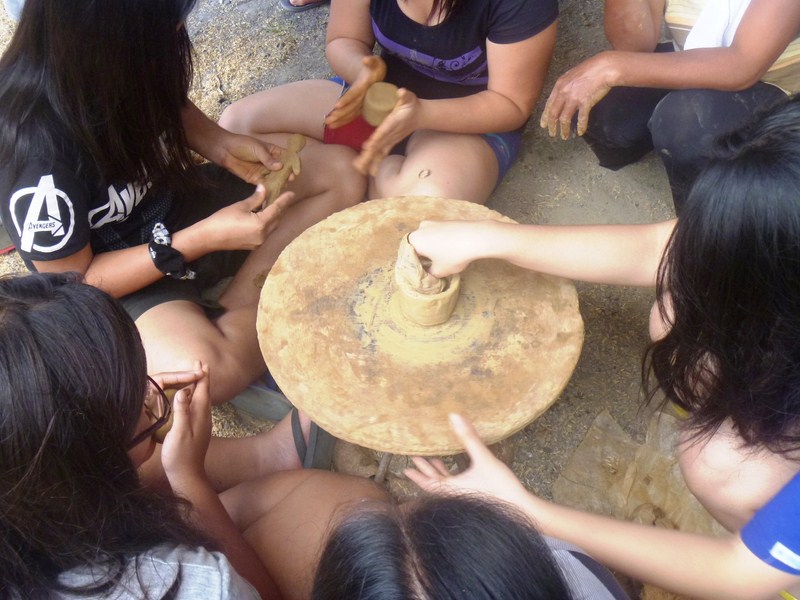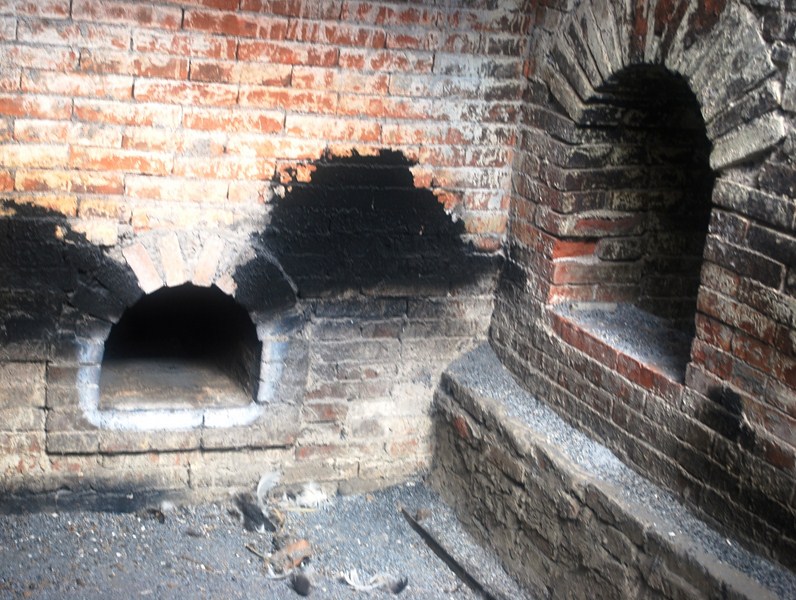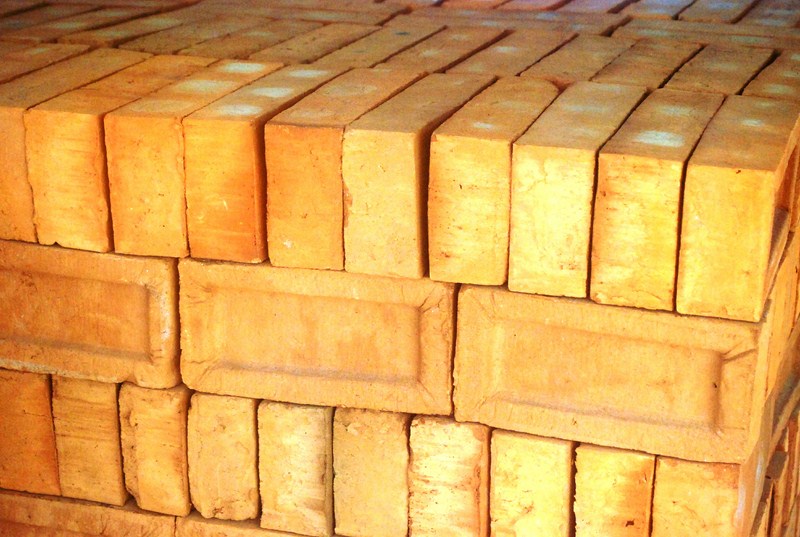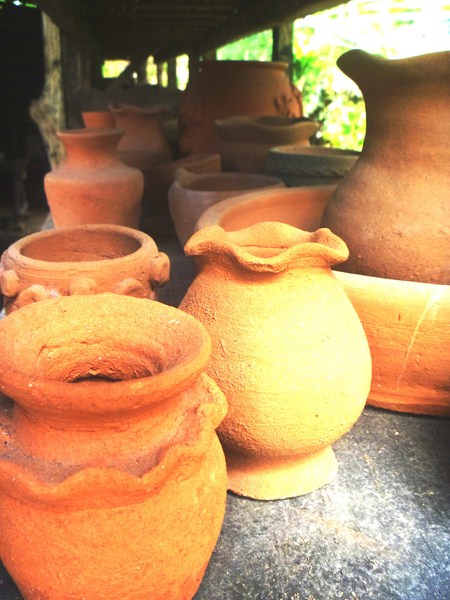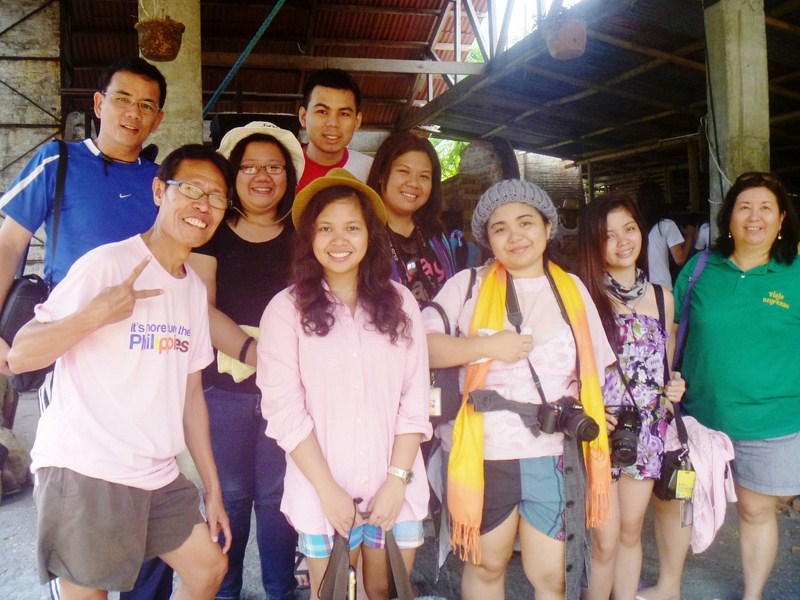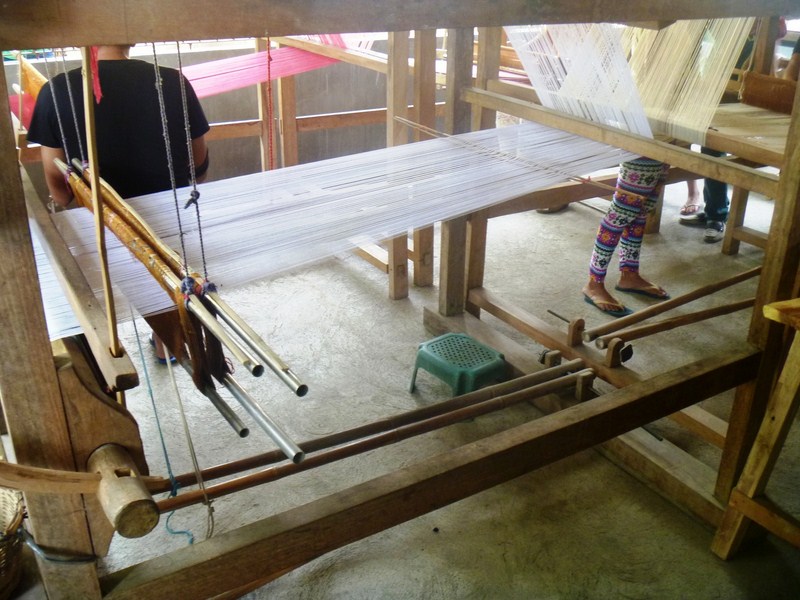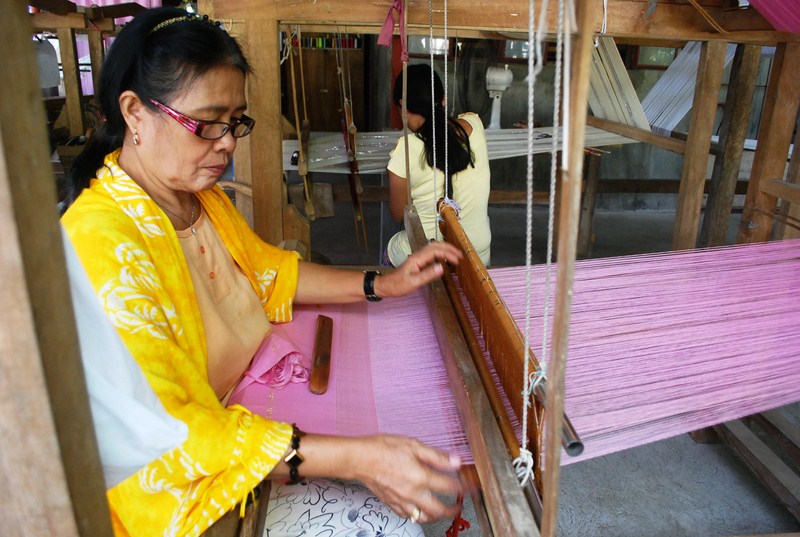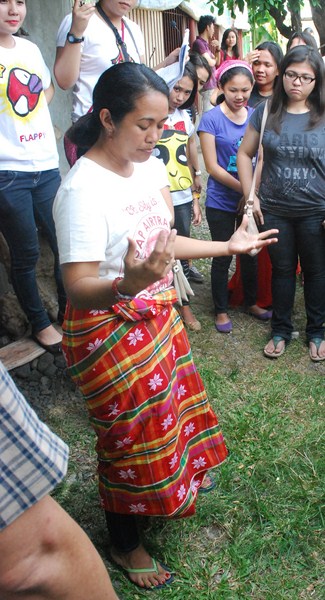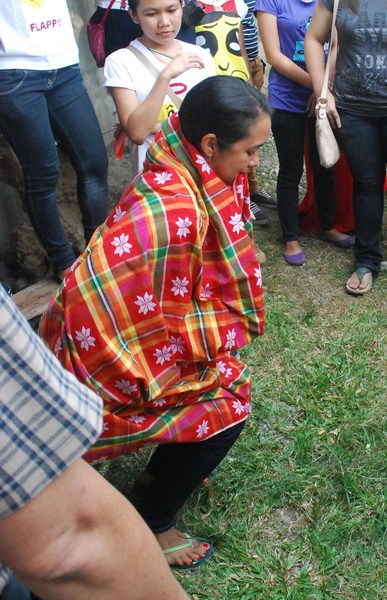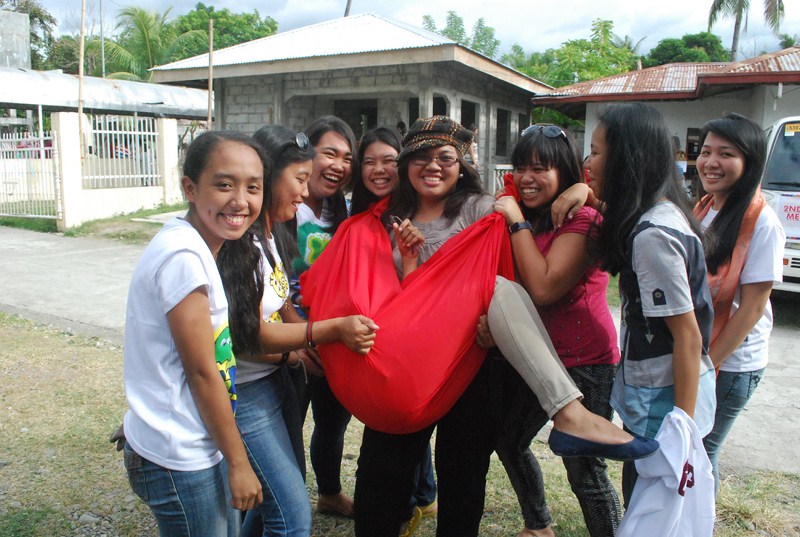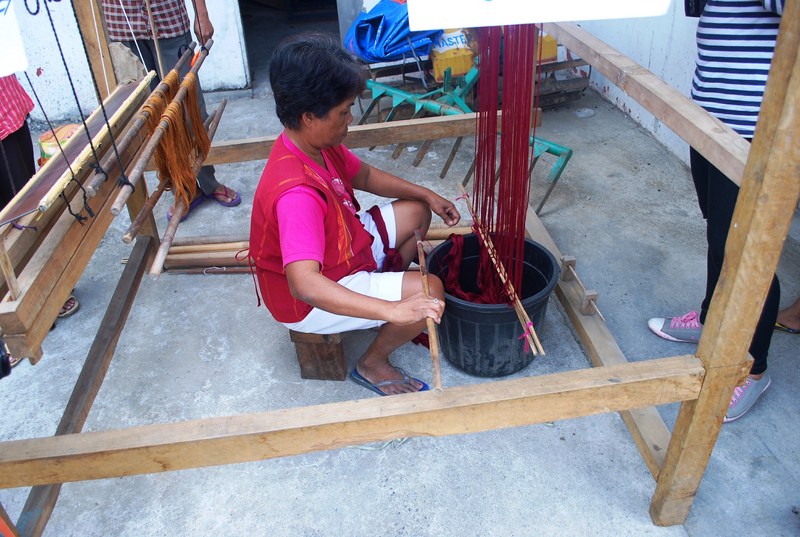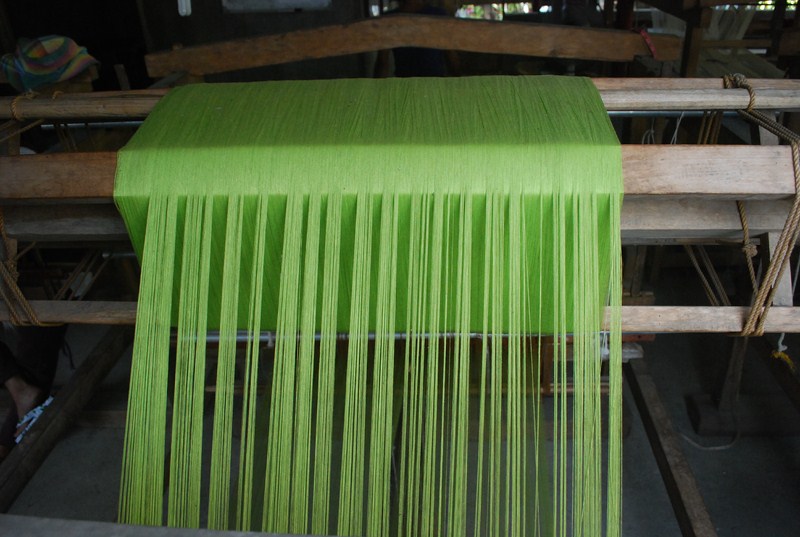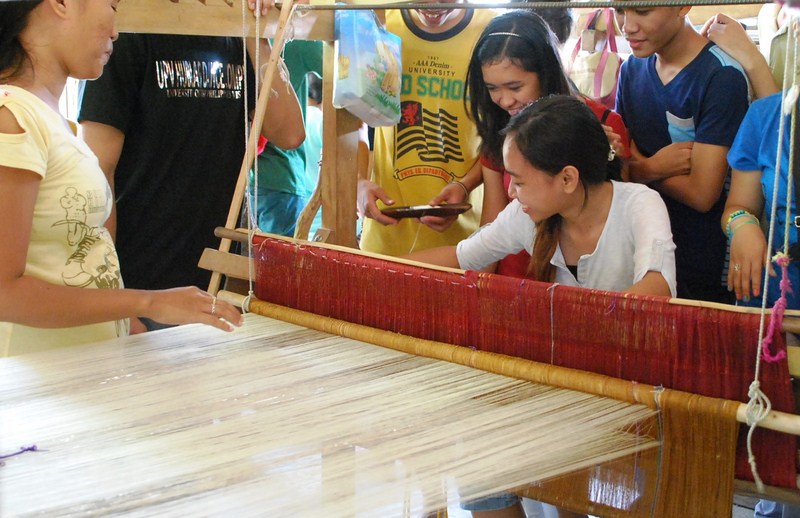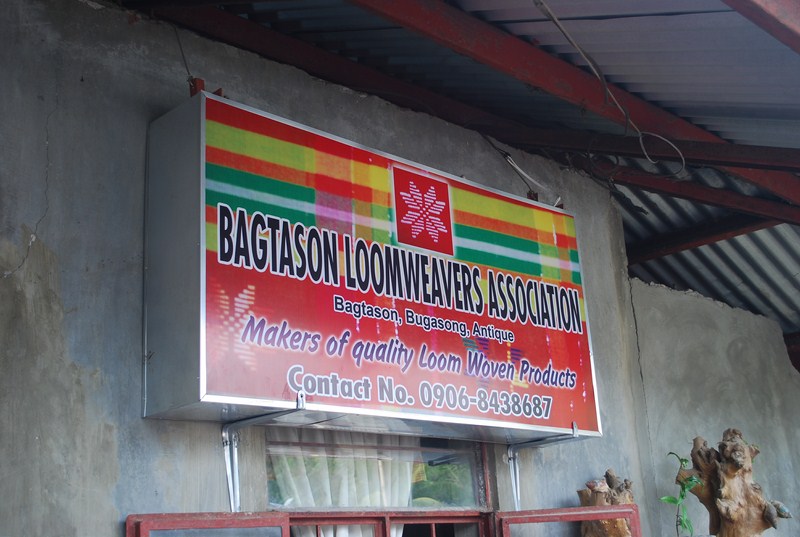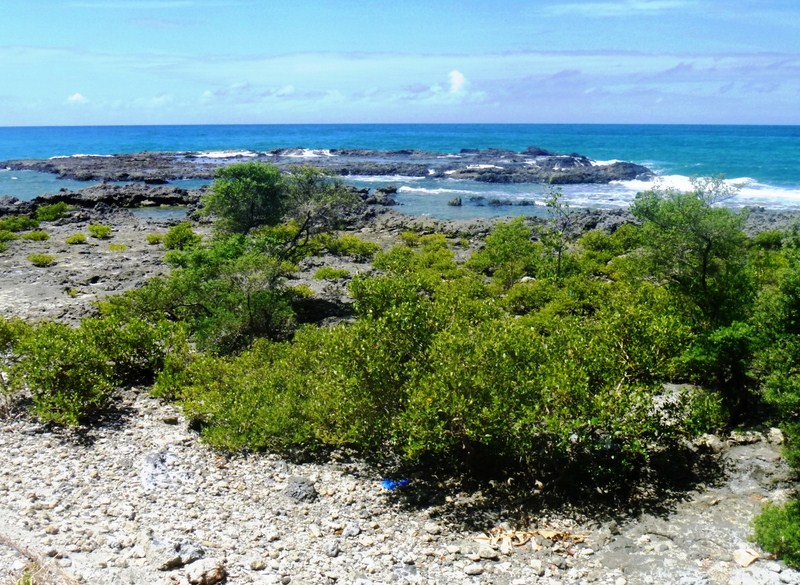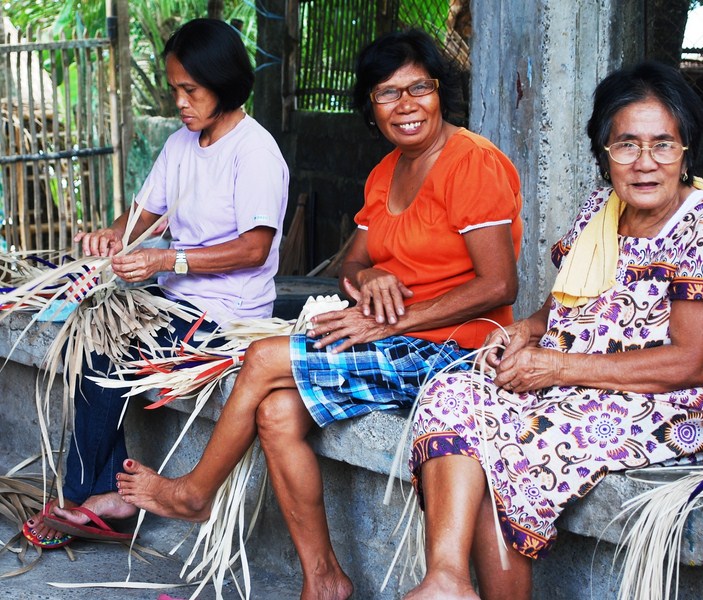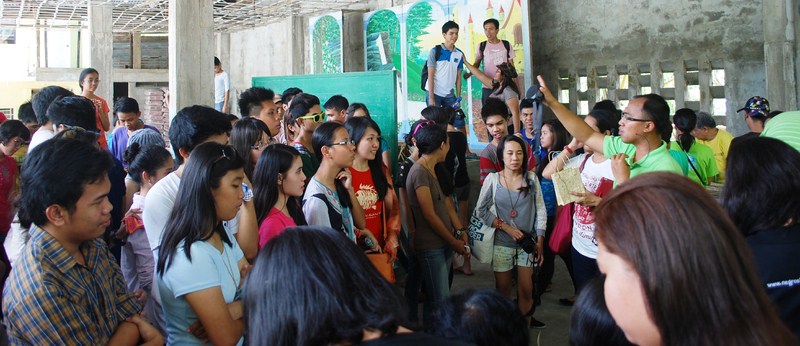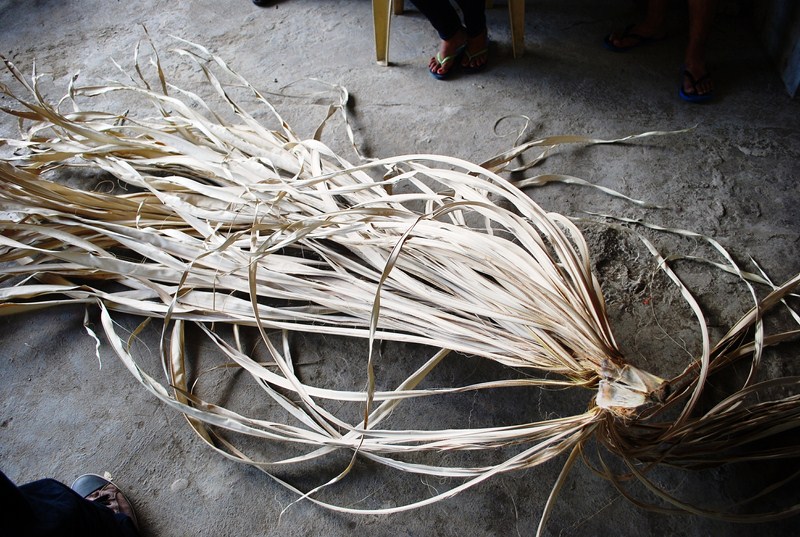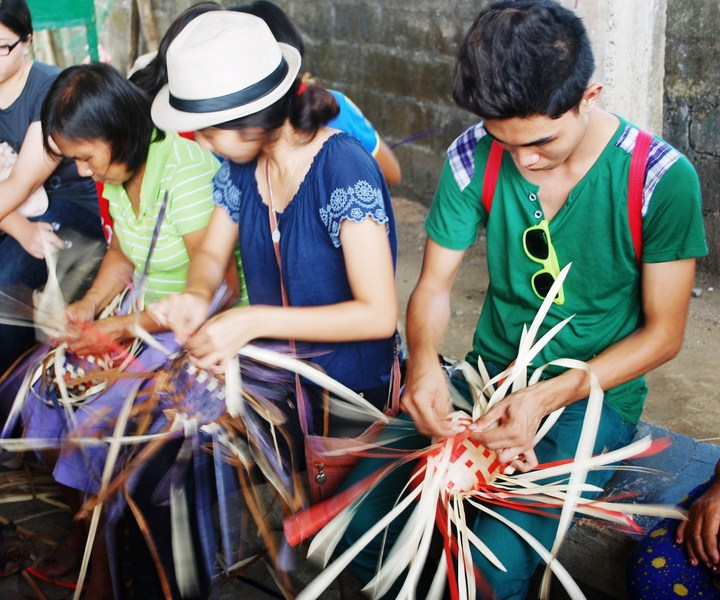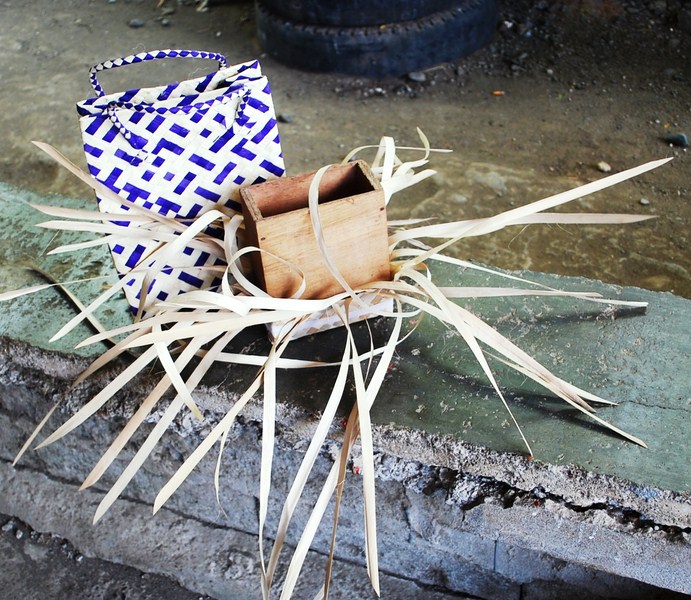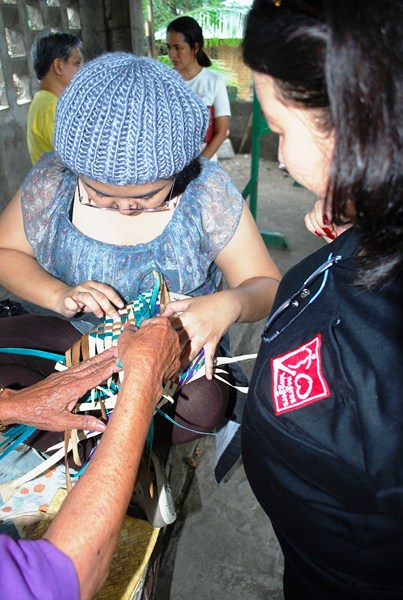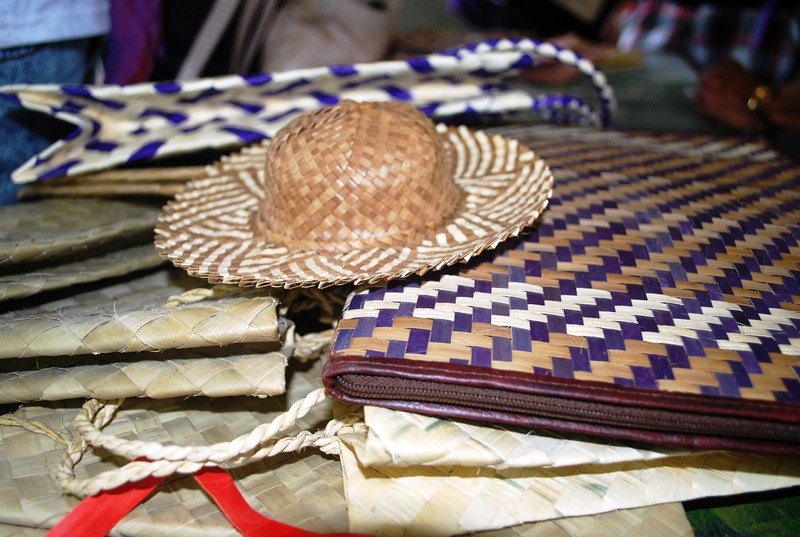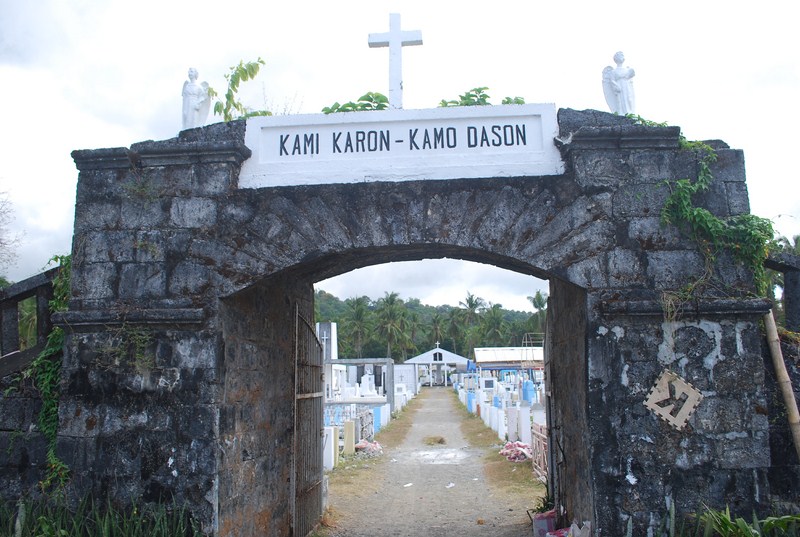From the Puerto Galera Municipal Hall, we returned to our respective vans, with Ms. Aileen N. Bareng (Senior Tourism Operations Officer of Puerto Galera) plus Ms Susan E. Cruz (Tourism Operations Assistant) and Sienna May R. Manongsong, both of the Oriental Mindoro Provincial Tourism Office joining us, and were driven to the Iraya Mangyan Village at Sitio Talipanan.
The Mangyans, the indigenous people of Mindoro Island, consists of 8 ethnic sub-groups, the Iraya being one of them. This tribe used to prospered along the coastal areas until they were forced to move from their land and were treated as second class citizens, neglected and discriminated.
They never wore slippers, wore old and torn clothes, and could rarely afford to eat rice in a week, surviving by gathering lami (sweet potato). After a major battle between government forces and communist rebels in 1986, the indigenous families were forced to leave the mountain and squat in the lowlands. The foot of Mt. Malasimbo in Puerto Galera alone is home to as many as 200 Iraya-Mangyan families.
Since 1989, the Ayala Foundation, with the help of Ms. Beatriz “Bea” Zobel (wife of businessman and philanthropist Don Jaime Zobel de Ayala), has been implementing numerous projects covering education, livelihood development, housing management and health for these Iraya-Mangyans so that they may become more active participants in and productive members of their community yet be capable of managing its own affairs and activities without compromising its own culture.
In 1990, the Jaime and Bea bought a piece of the property for them and, in 2007, the couple acquired the rest of land and started developing the Mangyan Village, complete with power and water supplies. Through their effort to bring the Mangyans to the mainstream of Philippine society through education, the village has produced a number of successful graduates (licensed teachers, community workers, ec.) who are now doing their part in helping their fellow Iraya-Mangyans.
At the village, Oriental Mindoro Cruise Drive Caravan participants were welcomed by Mr. Fabian “Pabling” de Jesus, the 53 year old Batangueño right hand man of the Ayalas in Mindoro, who is at the helm of this project. We met him at a large pavilion, at the center of the village, were about 52 Iraya-Mangyan, mostly women and wearing their uniform yellow shirts, were busy weaving strands of nito (Lygodium circinatum), a richly colored tropical vine of the fern family, into beautiful but functional baskets, plates with intricate designs, beer bottle holders, place mats, laundry baskets, jars and storage boxes. Mangyans are expert basket weavers. At the very least, each Mangyan earns around PhP60-P70 in a day. In 2013, the Mangyan Village received 1,879 visitors who availed of these locally produced handicrafts.
The finished nito products are displayed at the adjoining showroom. The products are also brought to Makati City where the Ayalas opened two stores. The Mangyan workers receive shares from the sales and 4 kilos of rice every week. The Foundation also provides livelihood training in dressmaking, beading, masonry, electrical wiring and agriculture, among others.
When we visited this 4.2-hectare community located 9 kms. from the town proper, they already had a 4-classroom public elementary school (which accommodates grades 1 to 6 students), a medical facility managed by Indian nuns, common comfort rooms and 69 nice 36 sq. m. 2-bedroom houses complete with electricity, beds, furniture and kitchen and eating utensils. Priority was given to the community elders. Each house was estimated to have cost PhP150,000 which includes labor and materials. According to Mr. de Jesus, they are looking at building about 300 of these houses.
Mangyan Village: Sitio Talipanan, Brgy. Aninuan, Puerto Galera, Mindoro Oriental.
Automobile Association Philippines (AAP): 28 EDSA, Greenhills, San Juan City. Tel: (632) 655-5889. Fax: (632) 655-1878. E-mail: info@aap.org.ph. Website: www.aap.org.ph.
AAP Travel: G/F, Sea Tower Bldg., 2332 Roxas Blvd. cor. Arnaiz Ave., Pasay City. Tel: (632) 551-0025. Fax: (632) 551-0014. E-mail: info@aaptravel.com. Website: www.aaptravel.com.ph.

